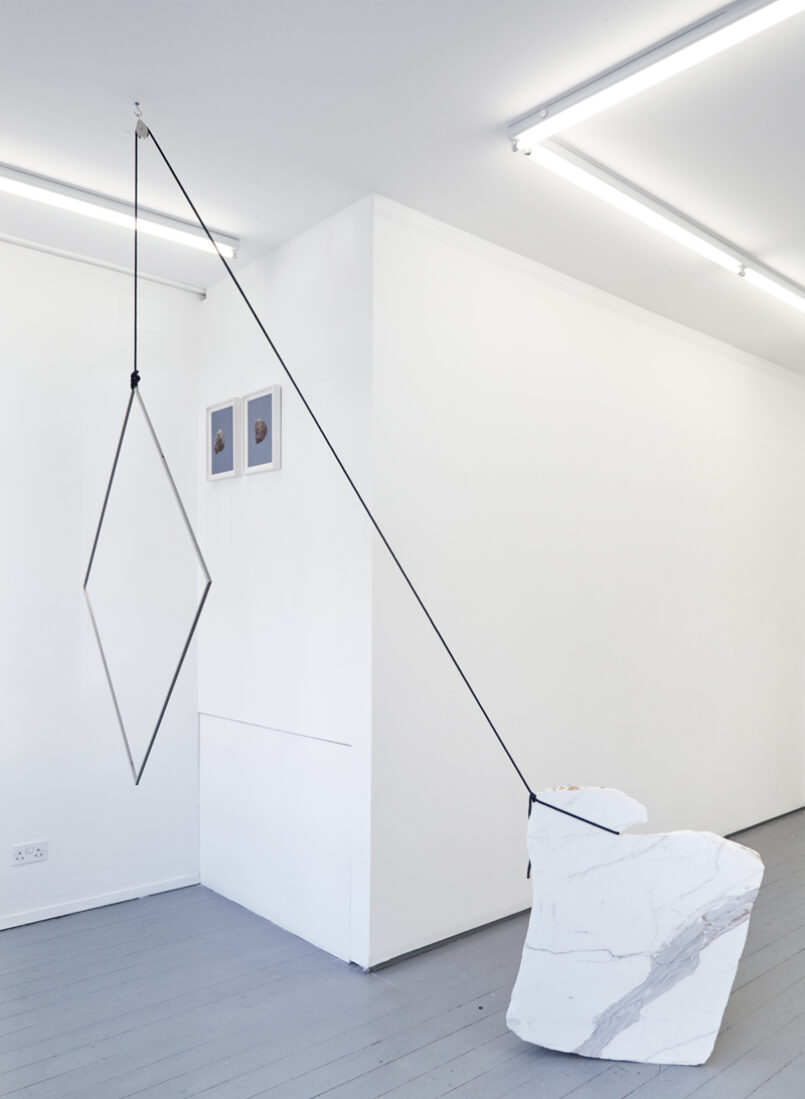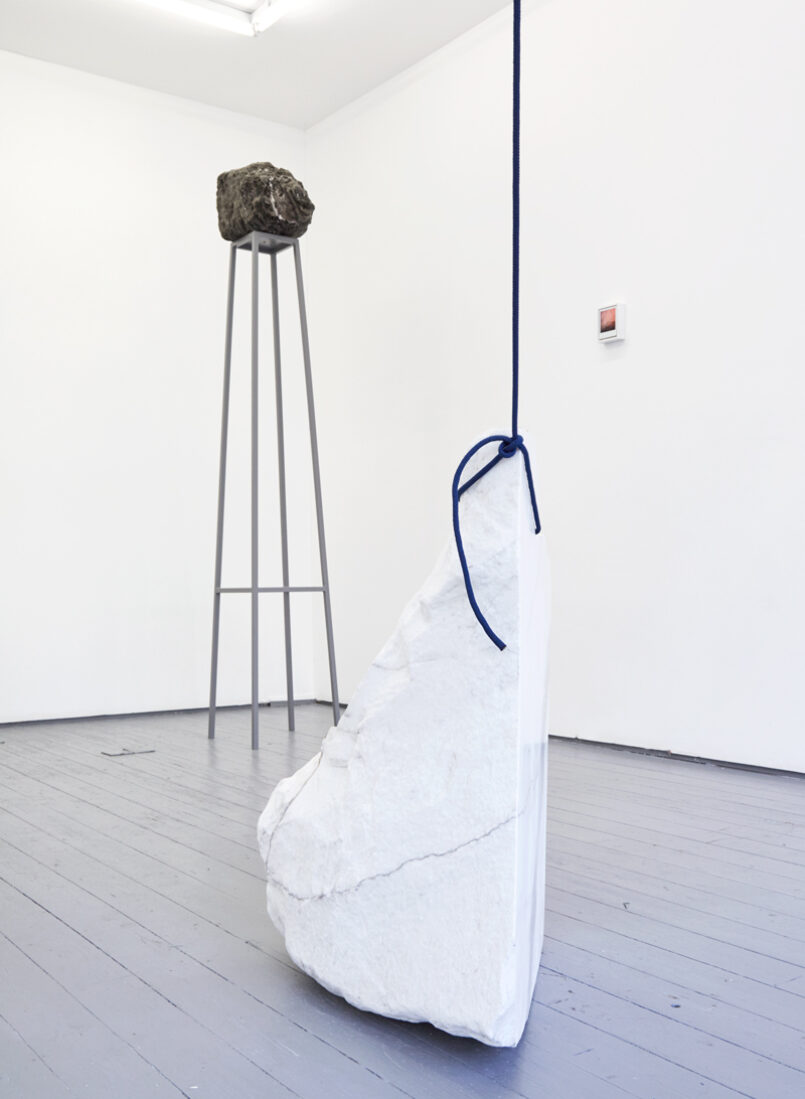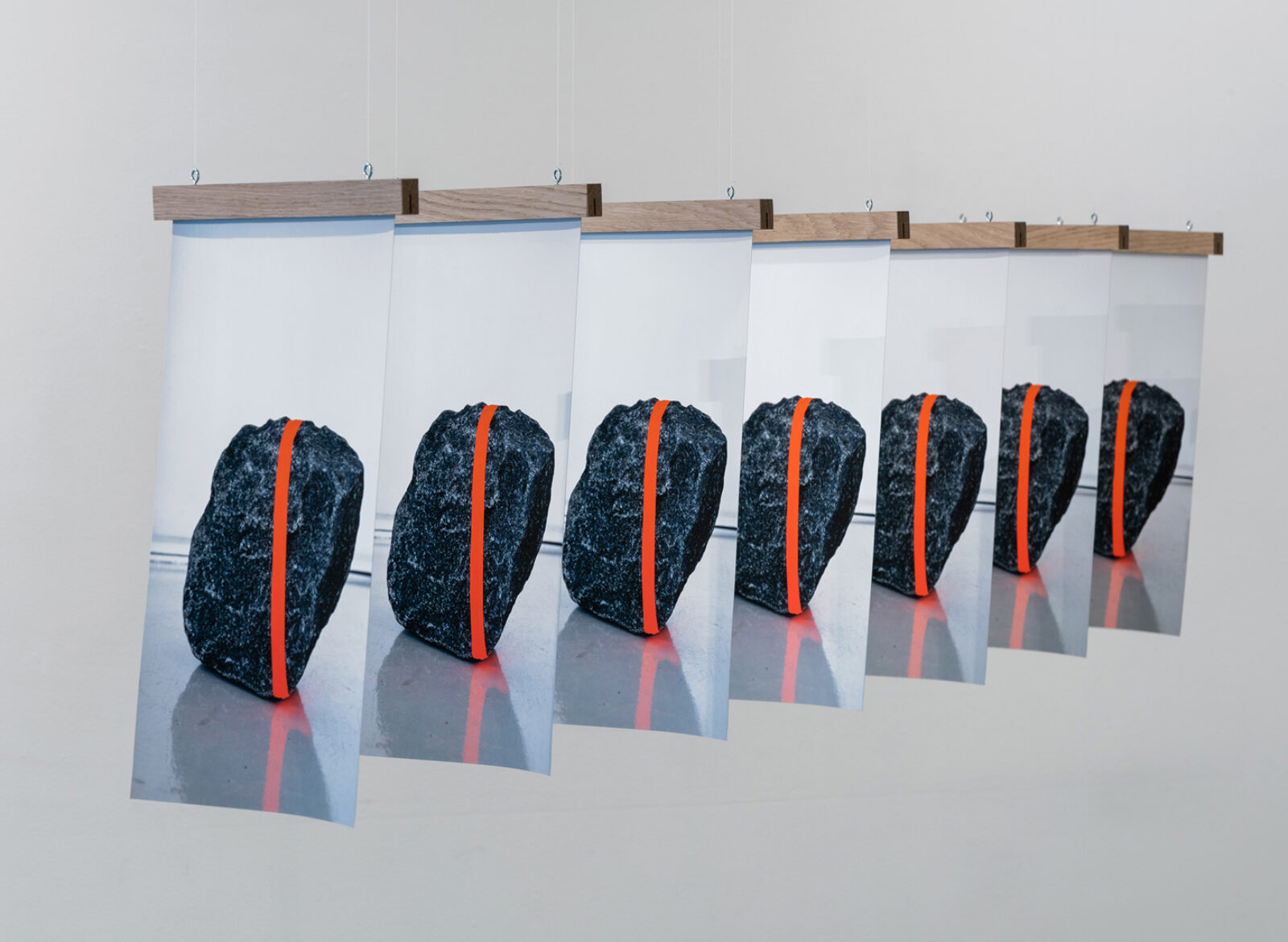Text: Alec Coiro
Portland images: Courtesy of the artist Amy Stephens and Upfor Gallery. Photography by Mario Gallucci.
Amy Stephens’s work brings our attention to the land. Central to this focus is the way she allows her material to speak, and the way she uses the gallery space as means of amplifying that voice. While it’s important to learn the background behind the materials and objects she employs, it is equally true that the work is impressive on its own in a way that is very much in line with the fascination with the sublime throughout the history of art.
As discovering Stephens’ intentions can be so vital to activating what’s her artwork to its fullest, we count ourselves lucky to have a chance to discuss the show and Stephens’s practice in general in the interview that follows.
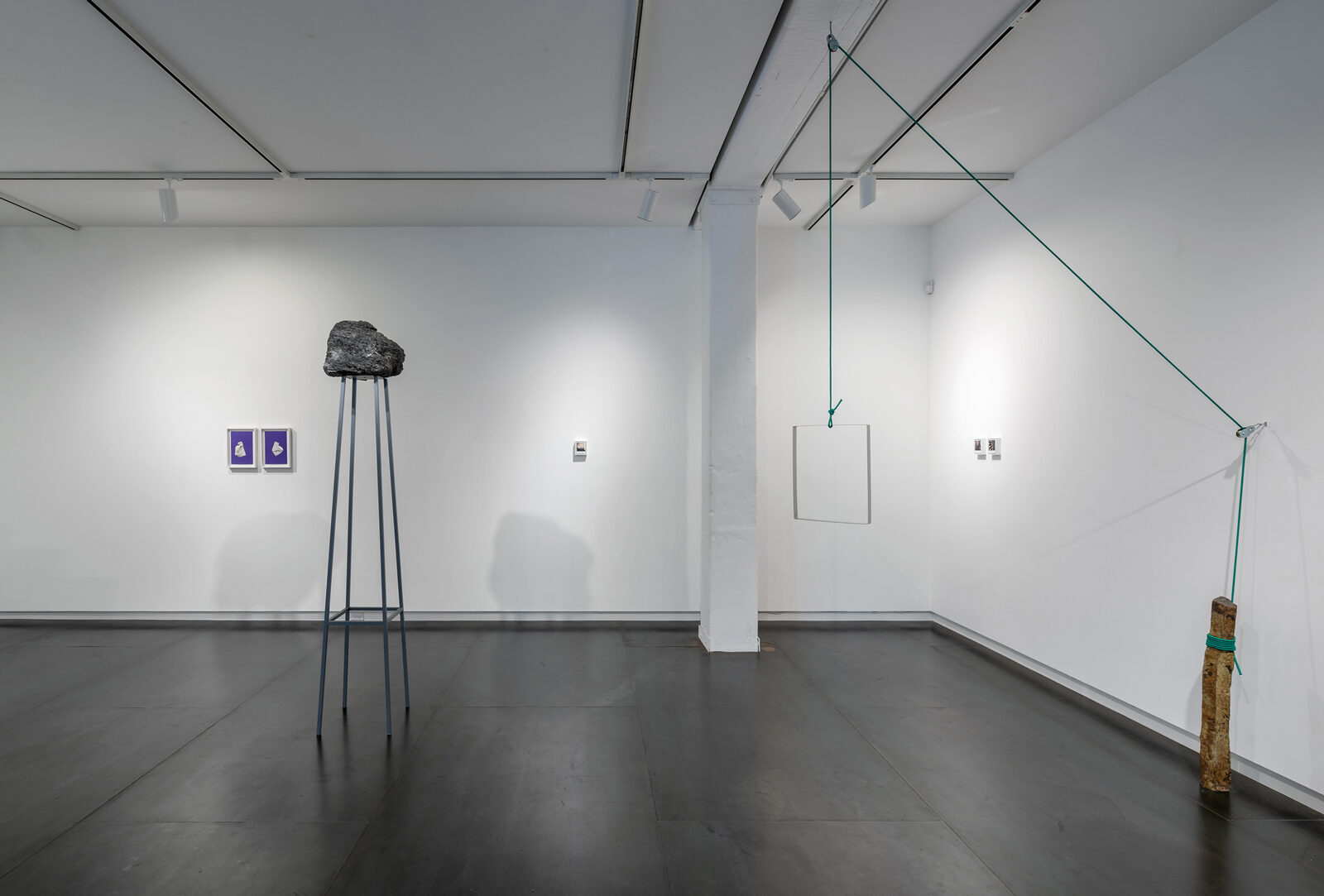
I found the term “Reland” to be particularly interesting. Can you elaborate on what you are evoking with the term “Reland” and how it relates to the works in the show?
Reland is evoking the notion of an object being removed from its original state and relanding in a new context. For me, it is a way for artefacts to reconnect and reconstruct the past.
For example, in the exhibition Land | Reland [Portland], a giant volcanic rock from Oregon is carefully balanced on an architectonic steel column. Similarly in Land | Reland [London], a feather rock is transported from its natural state relanding in the space. At over two metres high, a new vertical impression is created without appearing overly monumental.
Can you tell us more about the iteration of this show in Portland, and how the two shows interrelate?
The two exhibitions are running concurrently to highlight a concern with the appropriation of form and the process of successive layering within my work. Both are informed by previous shows enabling me to explore shifting patterns and potential for narrative. A series of objects, sourced from the landscape, are elevated to a mode of archive within the gallery spaces.
I often take a material, object or form from one artwork to the next creating a natural dialogue. The idea of building and rebuilding makes reference to the title Land | Reland creating a synergy between the exhibitions forcing them to naturally interrelate.
Land/Reland seems particularly concerned the materials from which it is created? Is this a theme that runs throughout your work in general?
At the heart of my practice is a concern with the reclamation of natural objects and the transferability of form via appropriation. This is a theme that runs throughout my work. Recent explorations are rooted within the structure’s materiality offering relationships between landscape, architecture and sculpture.
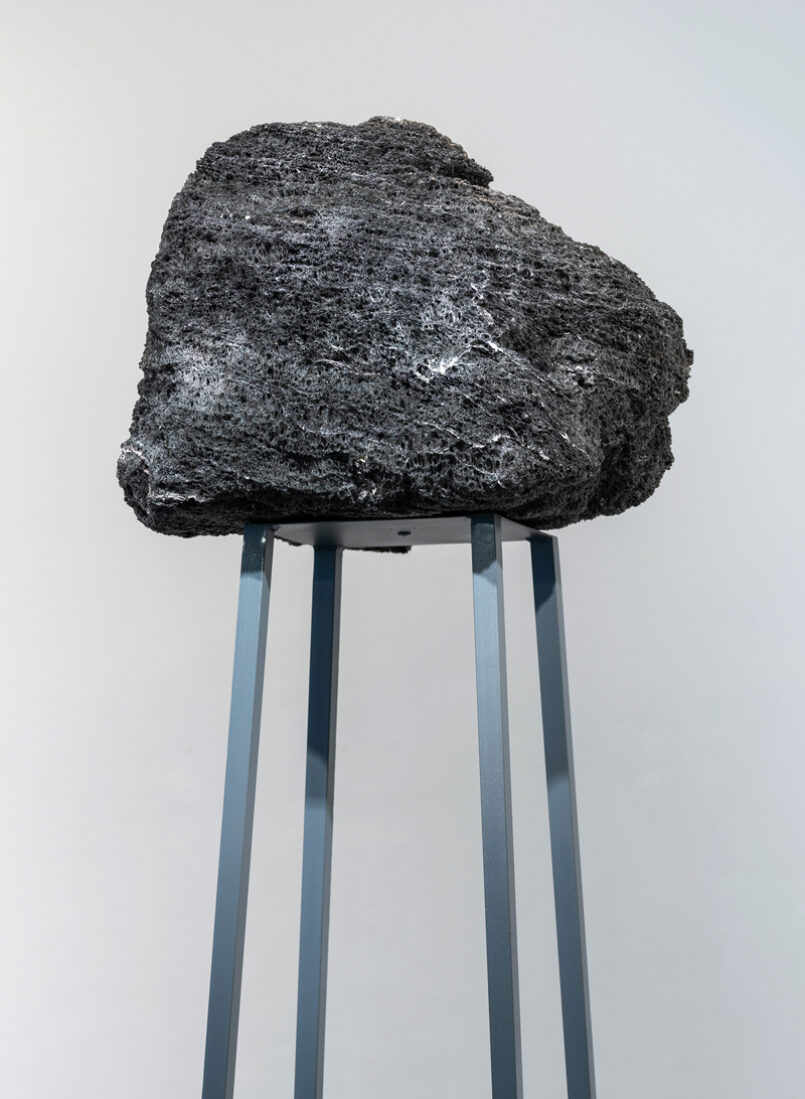
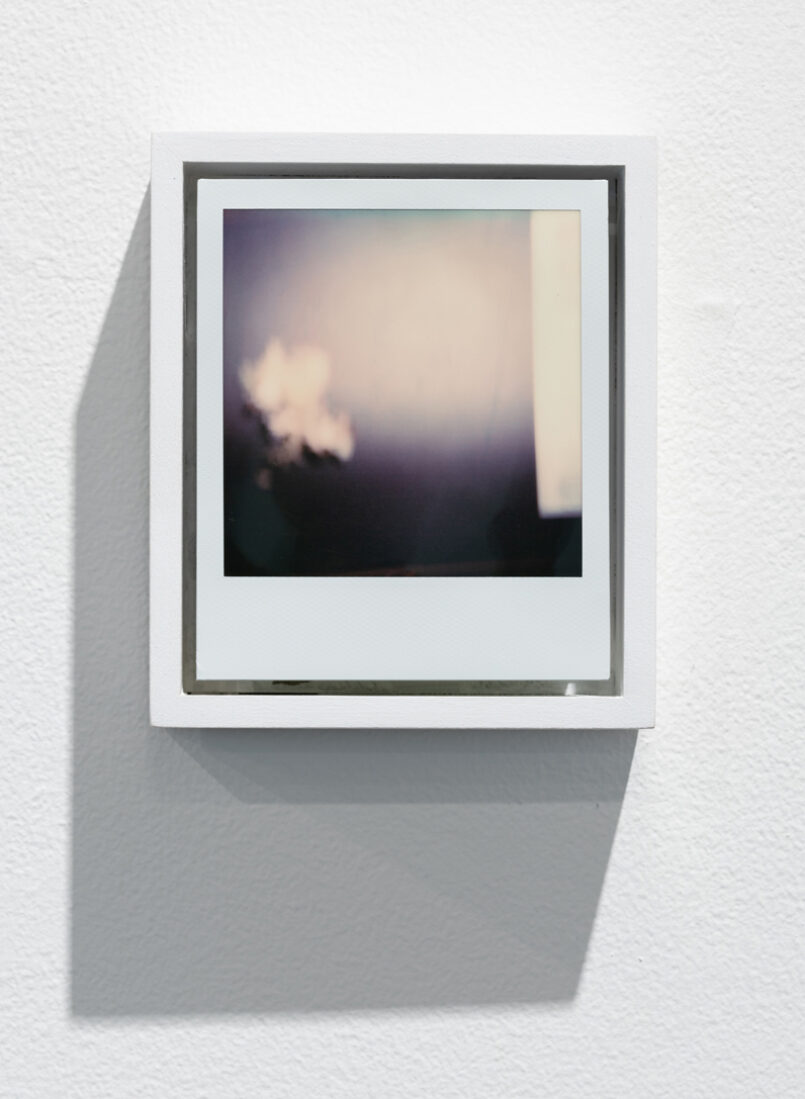
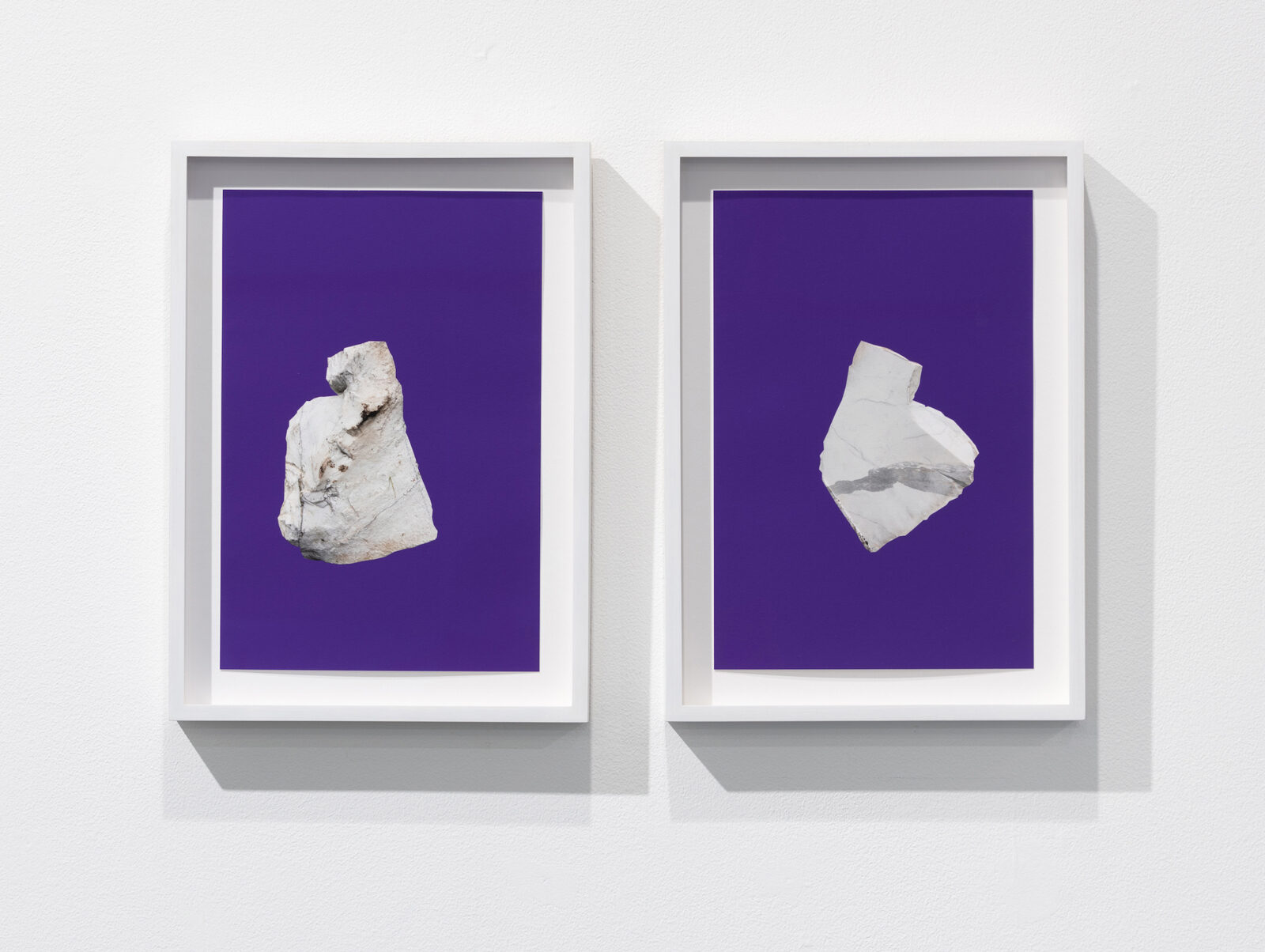
A series of objects, sourced from the landscape, are elevated to a mode of archive within the gallery spaces.
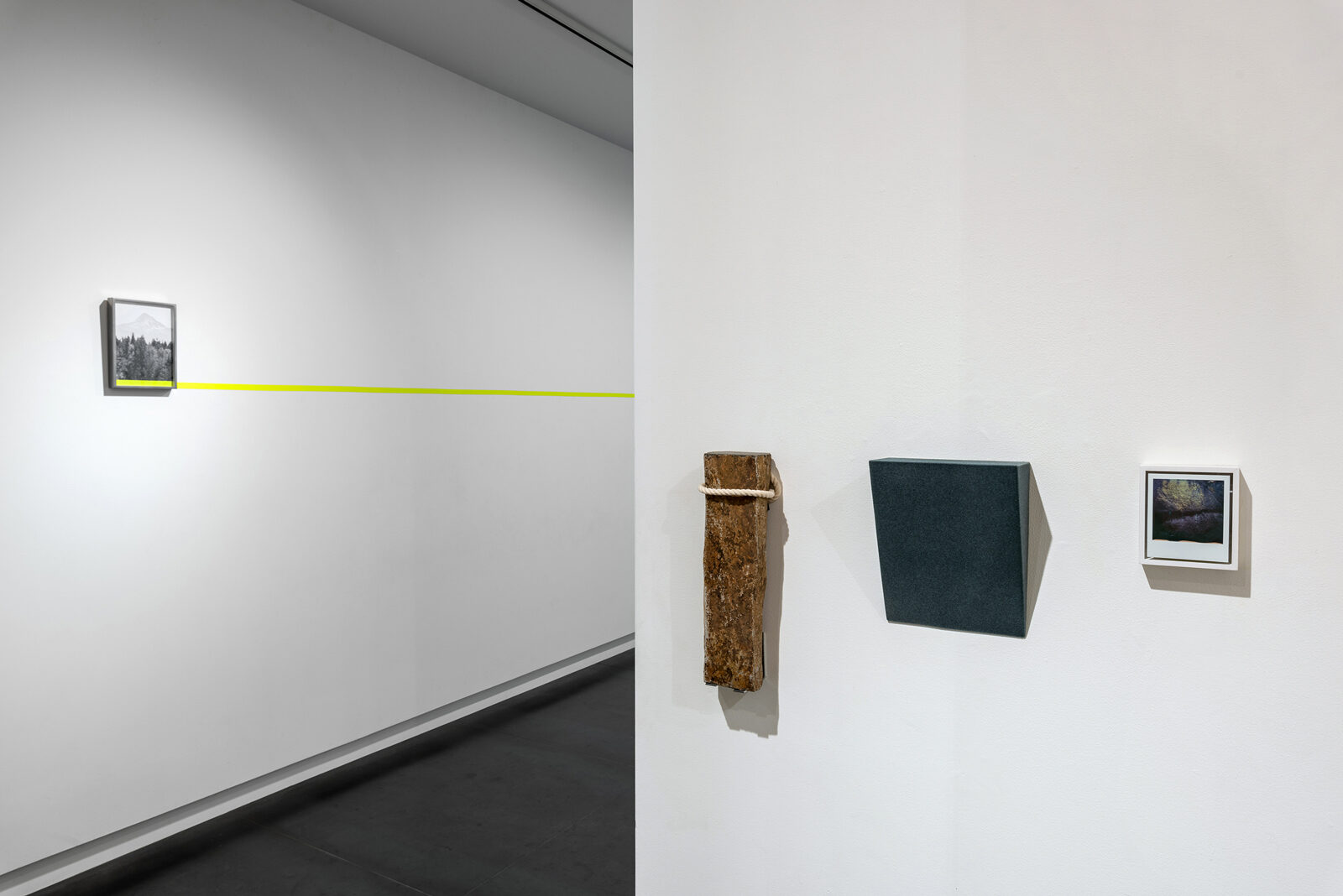
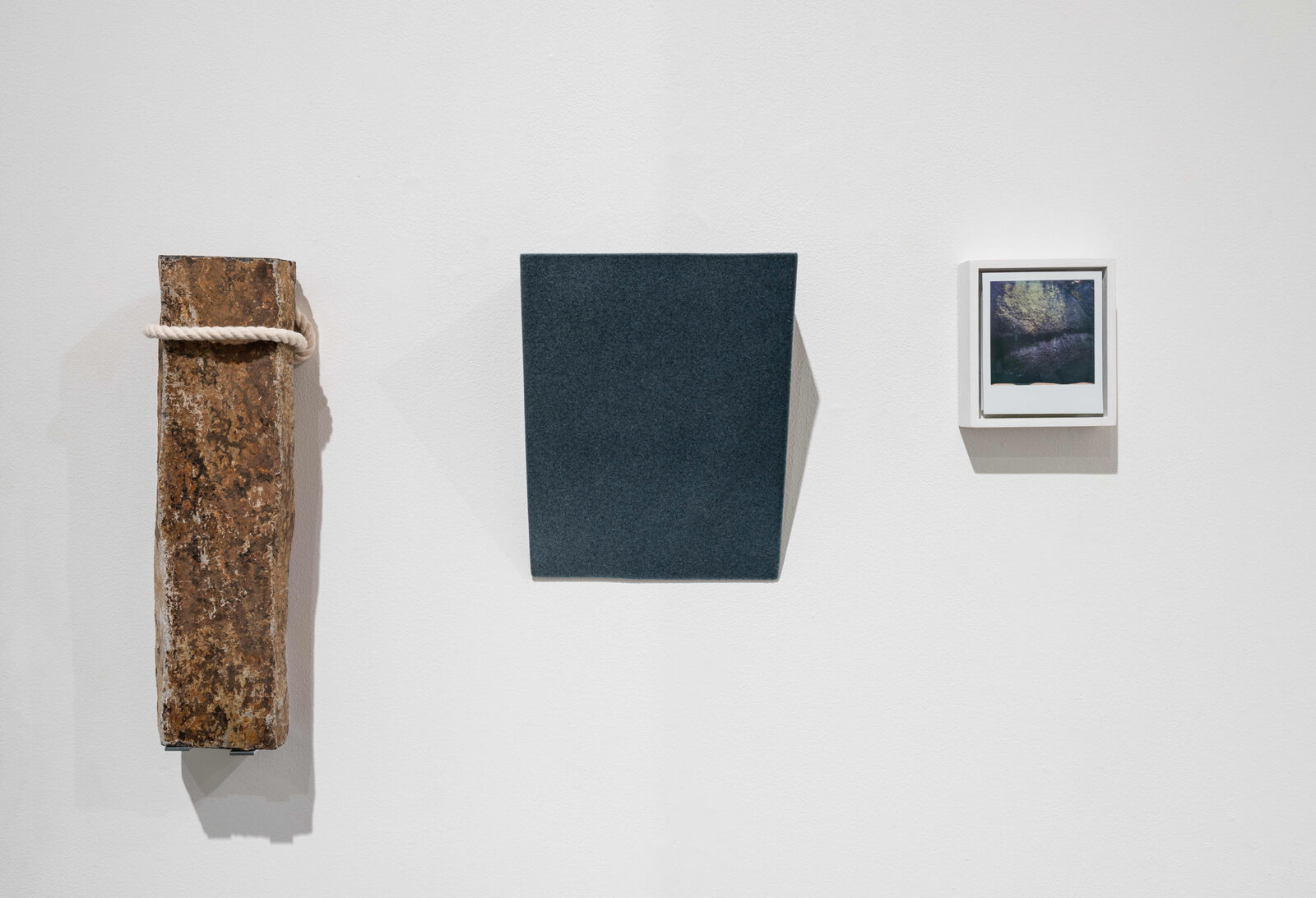
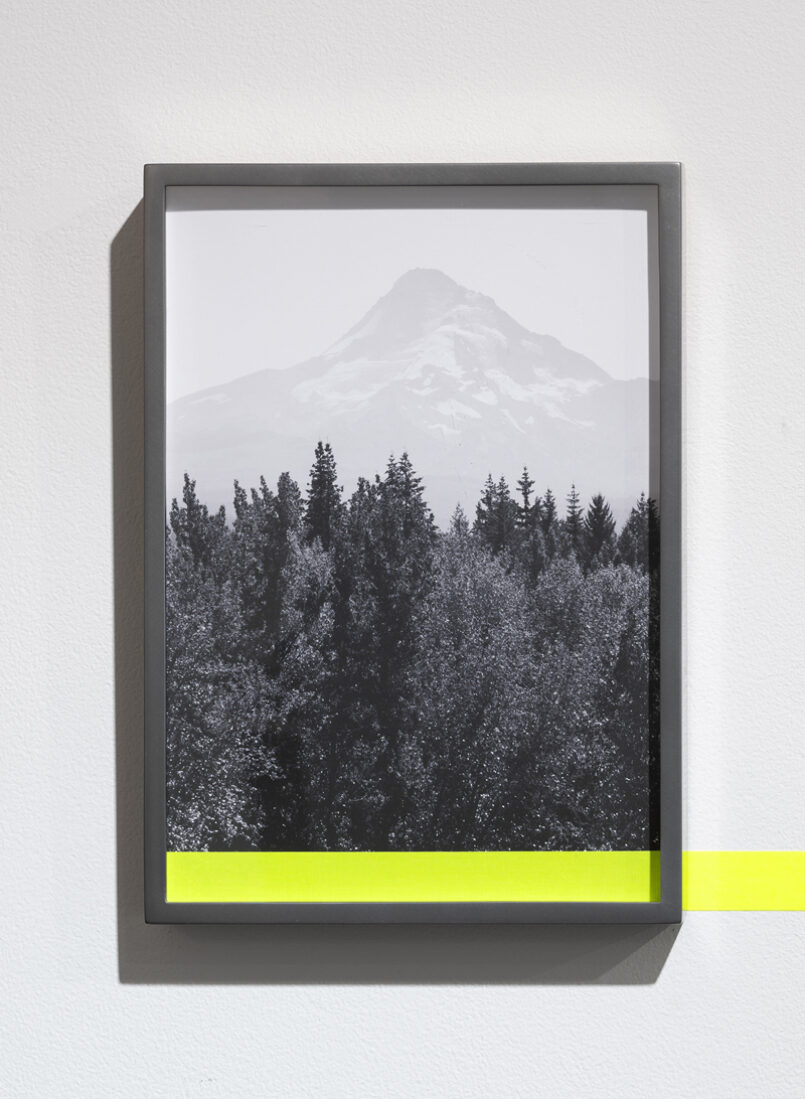
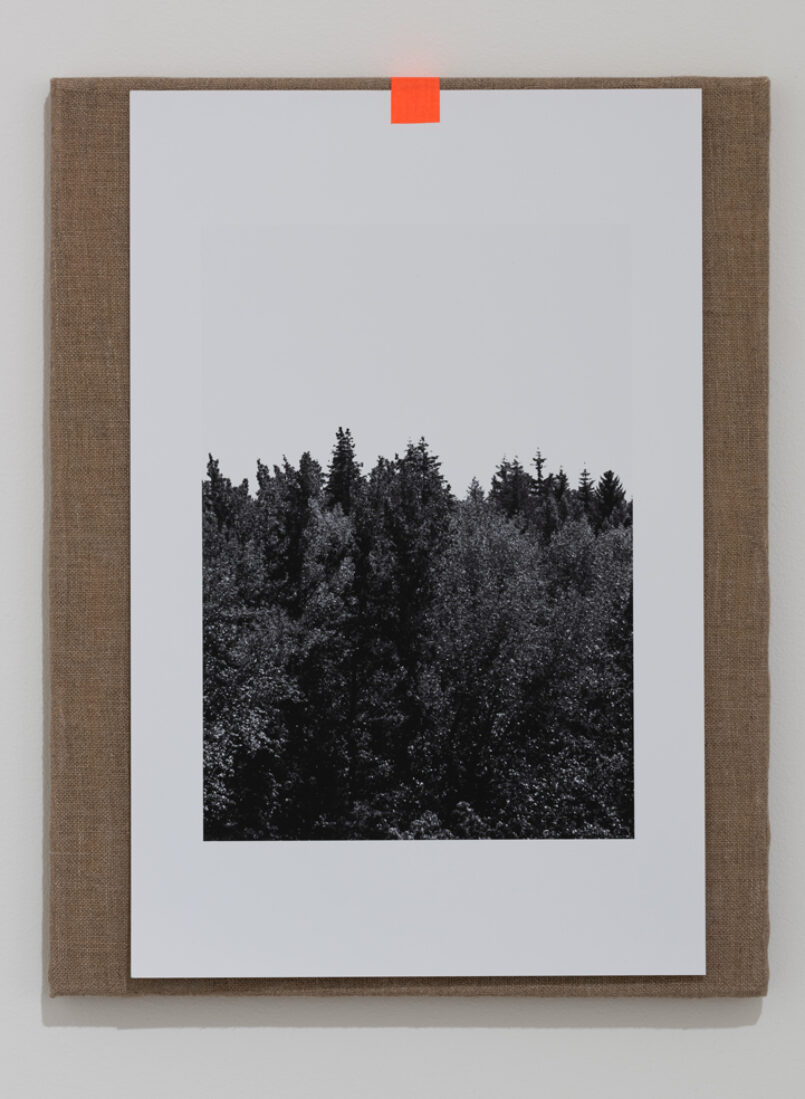
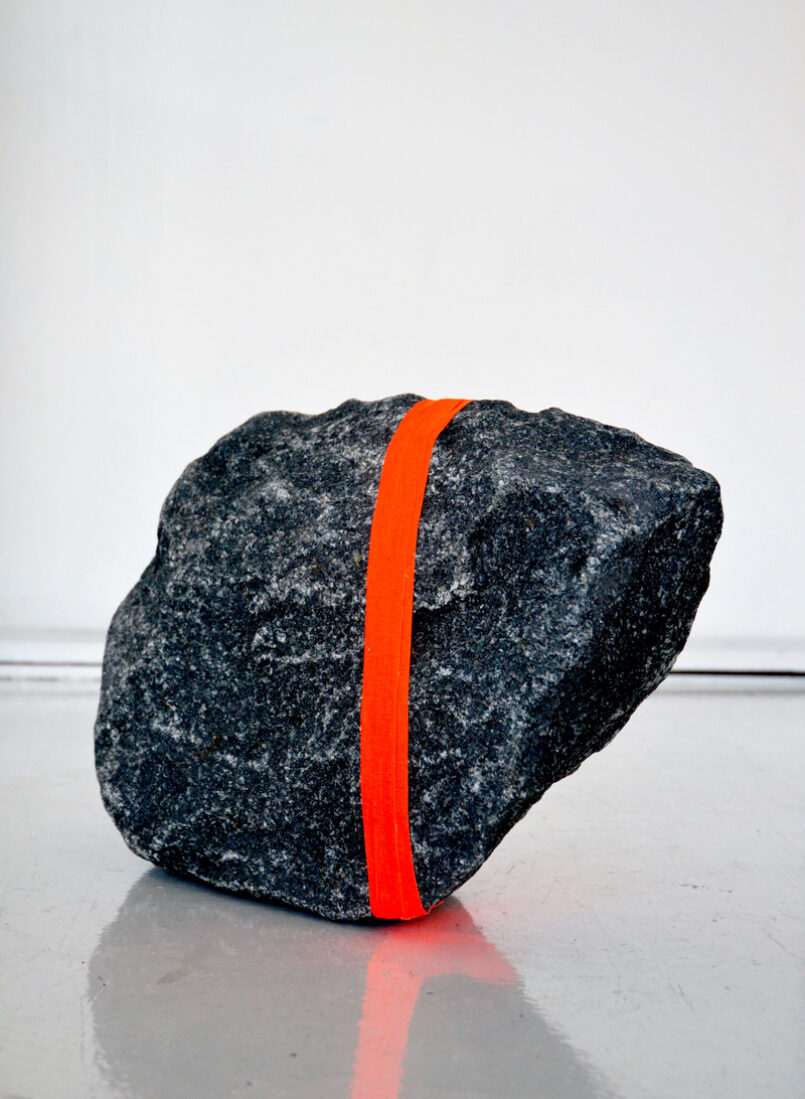
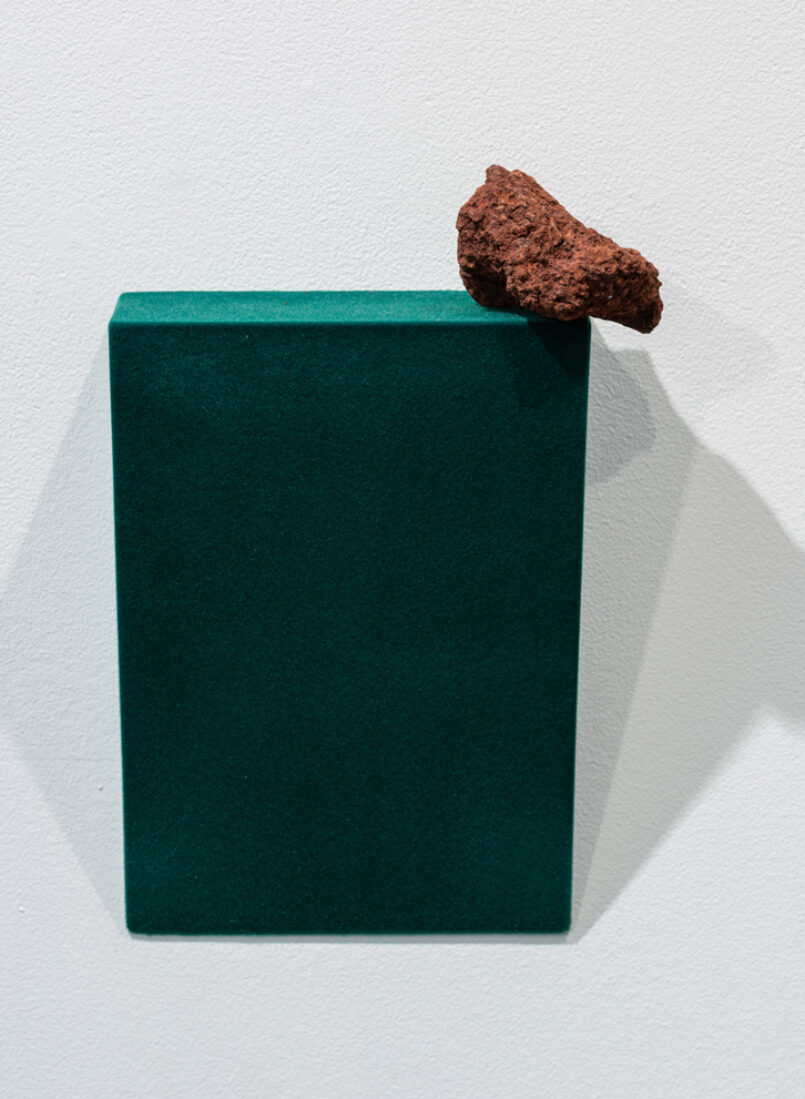
Can you tell us about the origin of some of the materials you’re exhibiting?
The origin of the materials include geological rocks from Oregon, marble from Carrara and cityscape materials from London. A series of conflicting geological textures suddenly take naturally to each other as they are forced to adopt a new habitat on both sides of the Atlantic.
The pieces are very deliberately laid out and connected in the exhibit quite effective. At what point in the process of putting the show together did you begin to consider how it would all connect in the gallery space?
Before each exhibition, I request the architectural layout of the space from the gallery. This process enables me to respond and make site specific architectonic forms that relate to elements within the space. These structures unfold into sculptures prompting an array of playful meanings that take on the surrounding architecture.
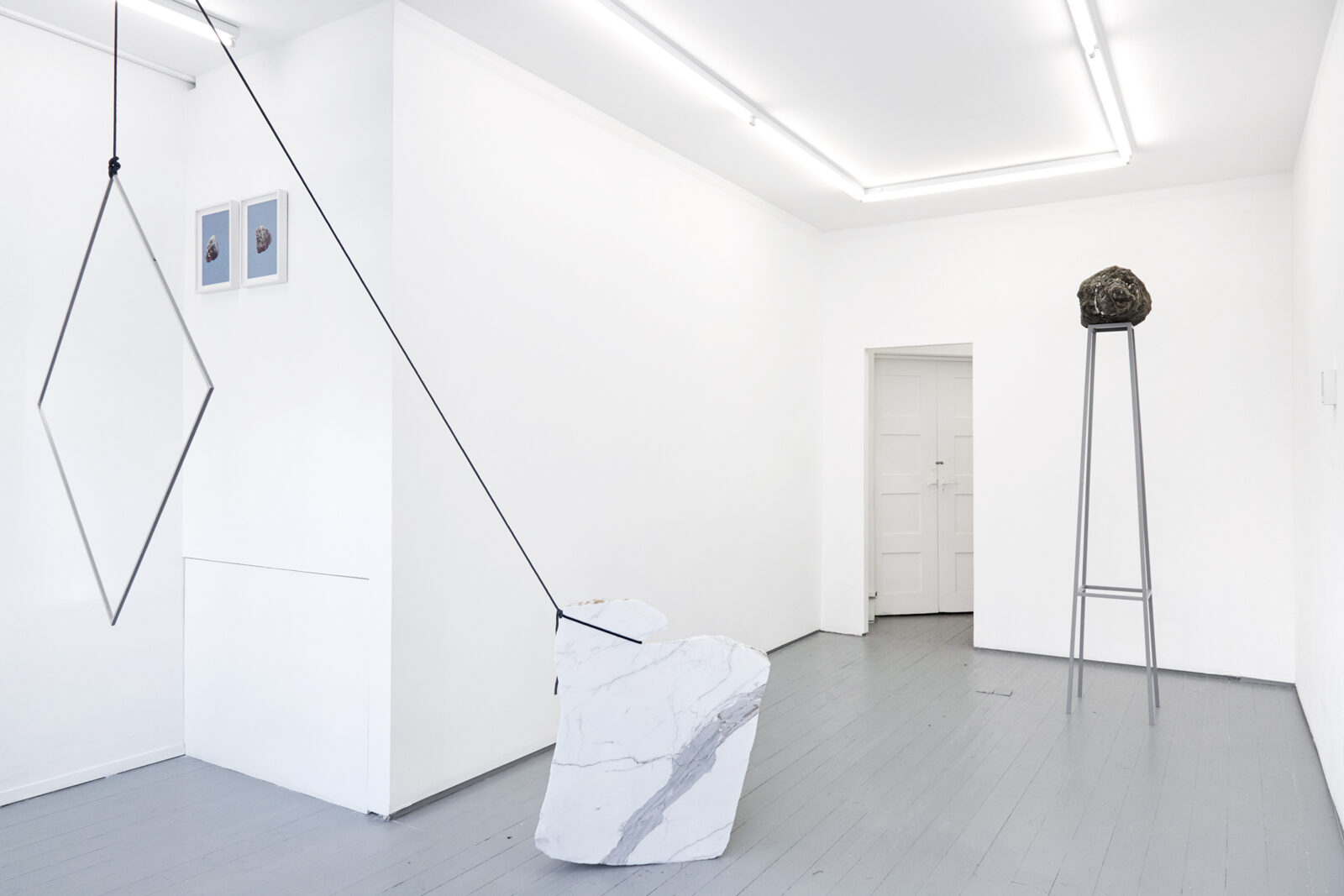
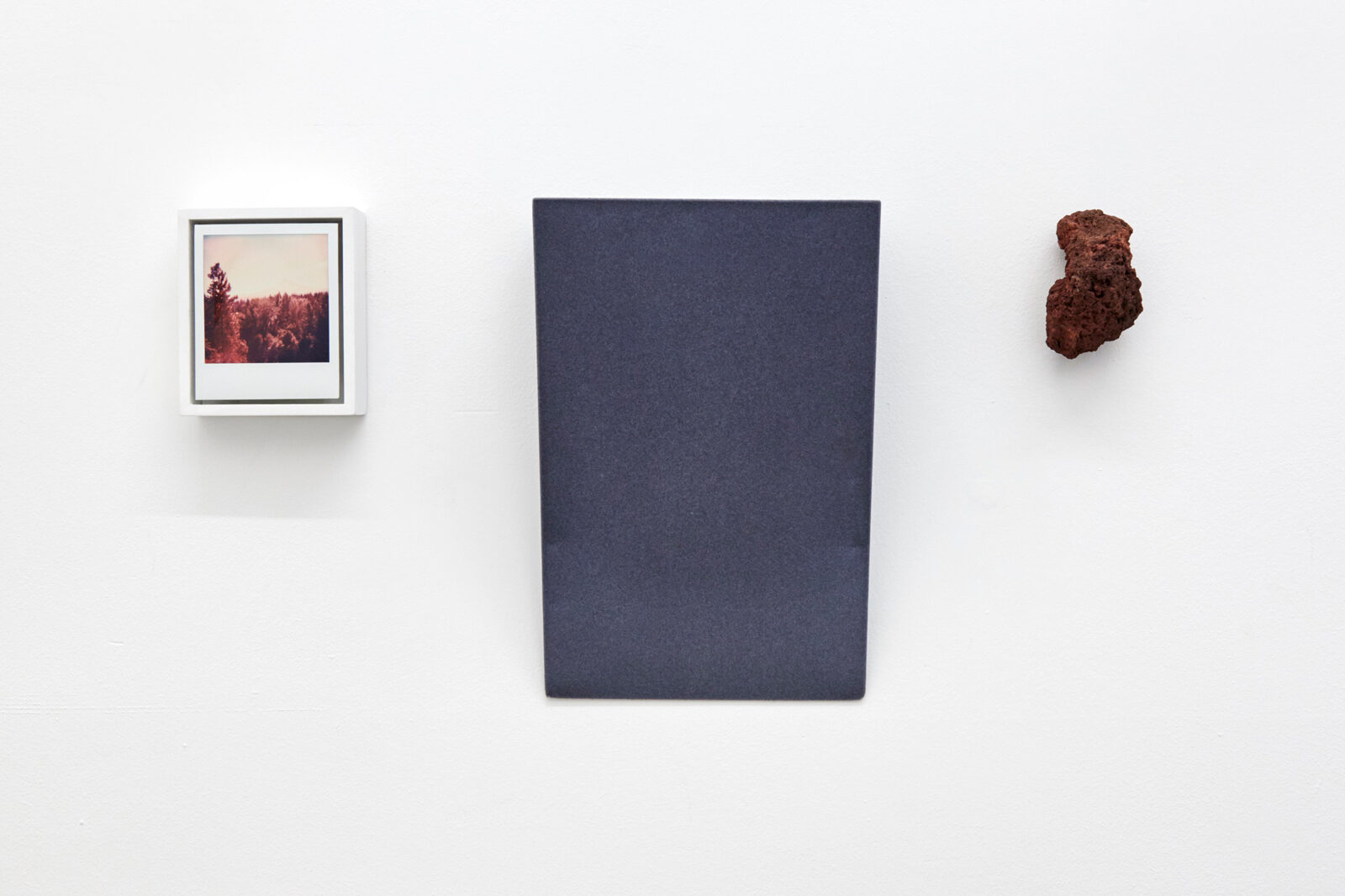
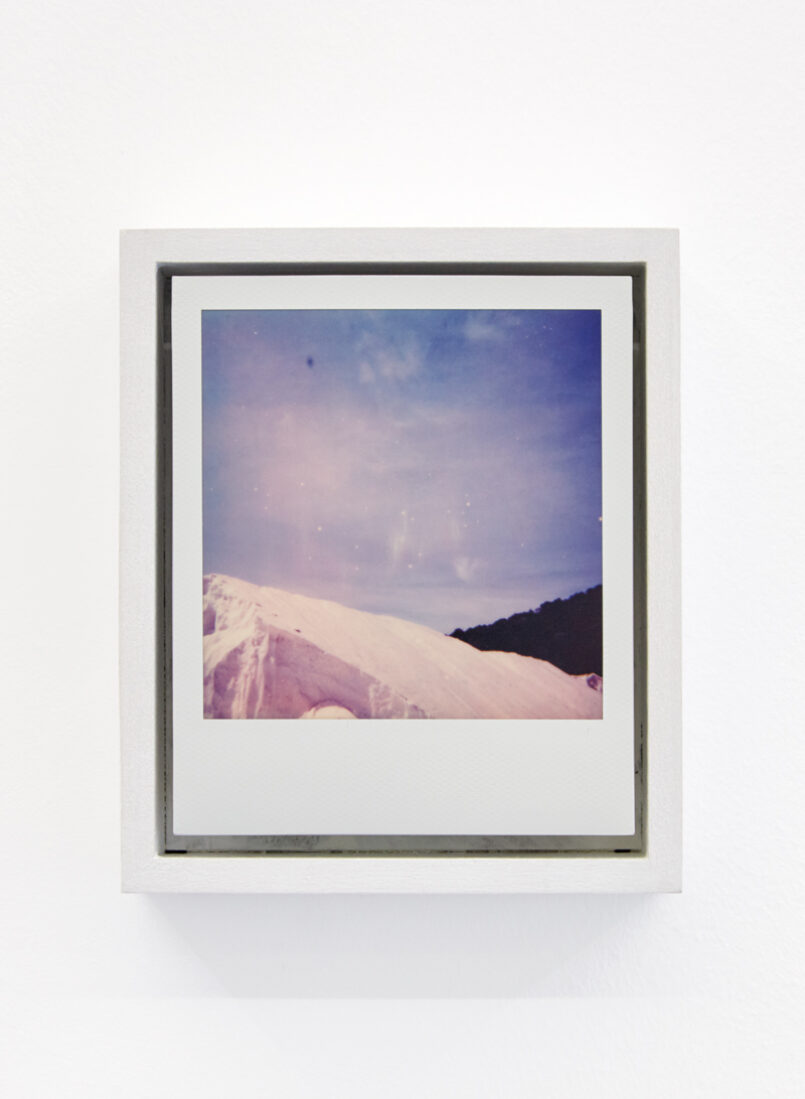
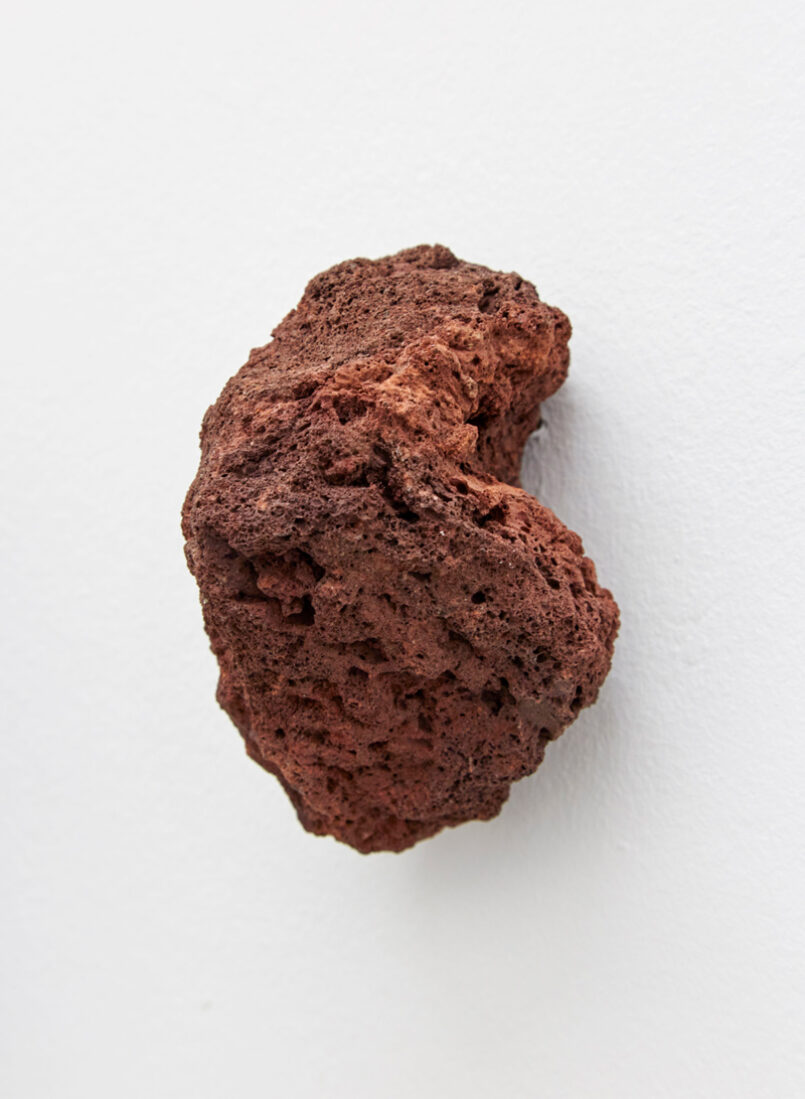
At the heart of my practice is a concern with the reclamation of natural objects and the transferability of form via appropriation.

